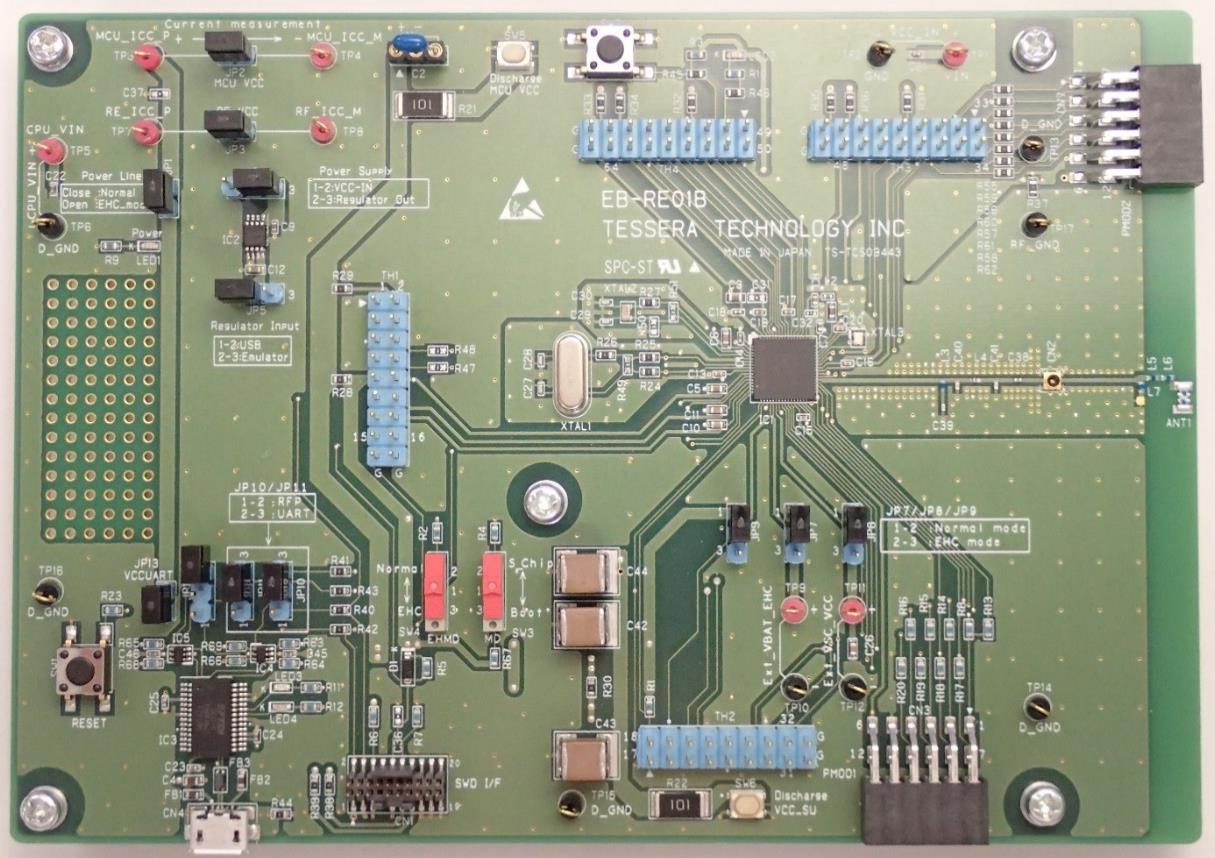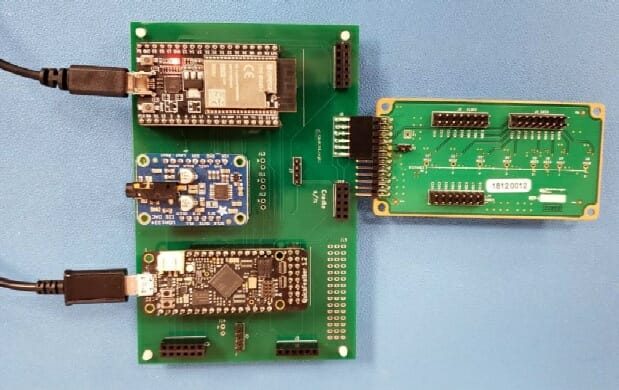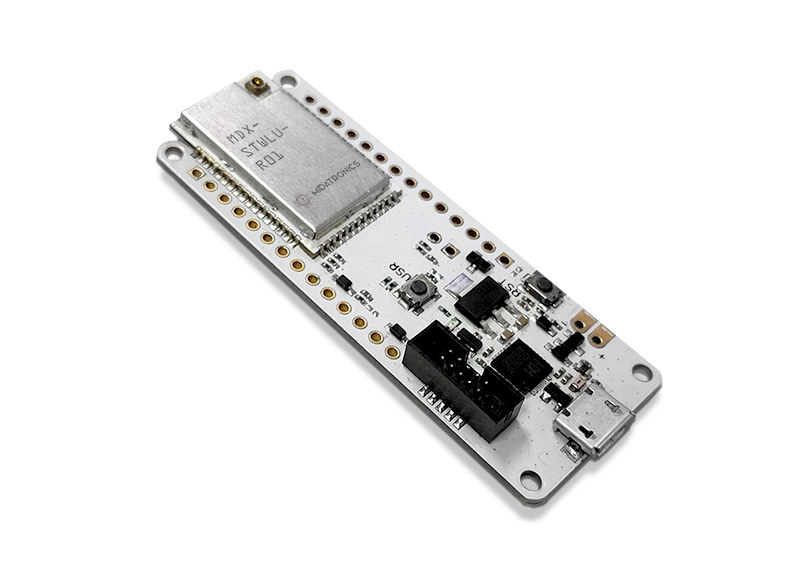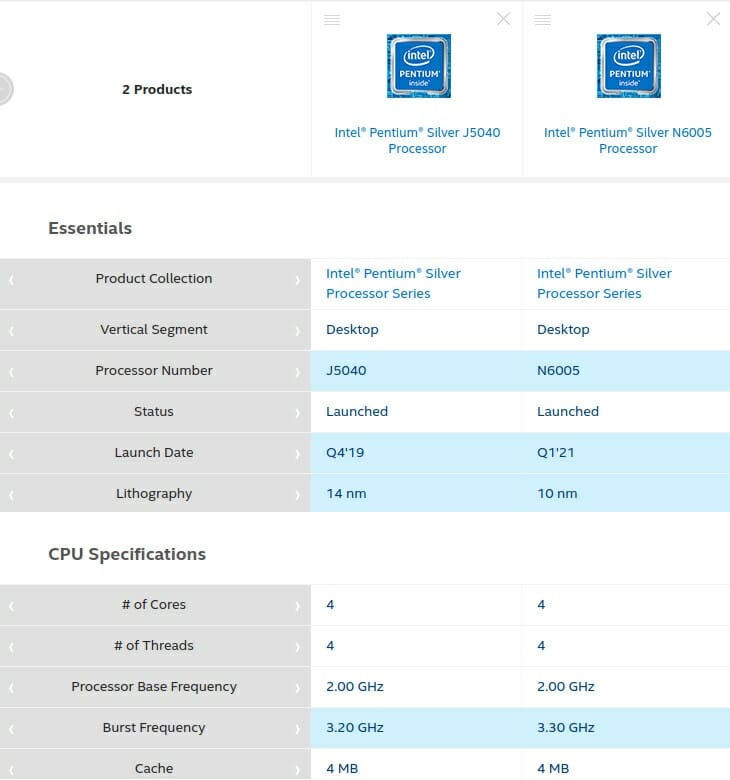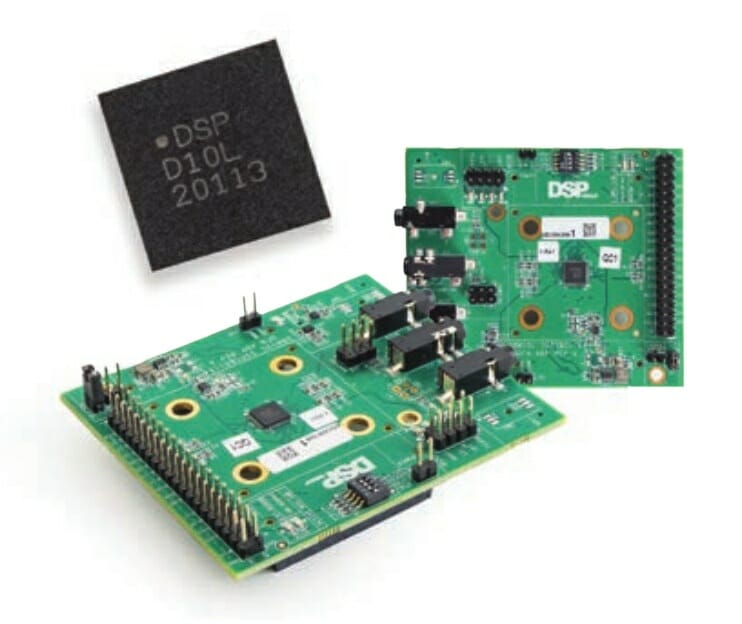Nobody likes to change or recharge batteries in their IoT nodes, so any new development related to energy harvesting or batteryless devices is welcomed. Renesas RE01B is a new Bluetooth 5.0 Low Energy (BLE) Arm Cortex-M0+ MCU that consumes at little as 35 µA/MHz during operation and 600 nA during standby making it suitable for battery maintenance-free IoT devices, or even batteryless IoT devices thanks to its energy harvesting controller. Renesas RE01B microcontroller’s features and specifications: CPU – Arm Cortex-M0+ core up to 64MHz GPU – 2D graphics accelerator Memory – 256KB SRAM Storage – 1.5MB flash Connectivity – 2.4 GHz radio with Bluetooth 5.0 Low Energy; up to 400m range (Long Range) and 2 Mbps data rate I/Os 8x PWM outputs 7x 14-bit A/D converters (ADC, Analog inputs) SCI (UART), I2C, SPI Timers 1x 32-bit Timer, 3x 16-bit Timer, 2x 8-bit Timer 2x Watchdog Timer, 1-second event timer, stopwatch […]
QuickLogic’s Hearable Reference Design enables Alexa Voice-Initiated Devices
Last year we saw QuickFeather board featuring EOS S3 Cortex-M4F MCU with embedded FPGA, which was a crowdfunding project. This year the company has launched its smart hearable reference design based on a similar processor by QuickLogic. The device is dedicated to “Voice-Initiated, Hands-Free, Alexa Built-In Devices with Close-Talk Support.” QuickLogic’s smart hearable reference design is based on the company’s Open Reconfigurable Computing (QORC) which supports a complete open-source set of development options for the MCU and FPGA devices. It is also built on the EOS S3 Voice Processor and the QuickFeather open source development kit. This can enhance the user experience with a longer battery life of the device. The EOS S3 Arm Cortex- M4 processor features Low Power Sound Detection (LPSD) technology along with DSP Concepts’ TalkTo noise suppression and beamforming technology for the directional transmission of signals. It also comes with Alexa Wake Word engine technology, an […]
NXP i.MX 9 processors to integrate Arm Ethos U-65 microNPU, EdgeLock secure enclave
NXP i.MX 6 and i.MX 8 processors are widely used in industrial boards and systems-on-module, and the company has now teased a new family with i.MX 9 processors integrating Arm Ethos-U65 1 TOPS microNPU, as well as the company’s EdgeLock secure enclave for increased security. The company did not provide that many technical details, so we still don’t know which CPU cores, GPU, and exact peripherals will be found in the processor. But we do know the i.MX 9 processors will be manufactured with a 16/12nm FinFET class of process technology optimized for low power, and features the “Energy Flex” architecture that combines “heterogeneous domain processing (independent applications processor and real-time domains with a separate low-power multi-media domain), design techniques, and process technology to maximize performance efficiency”. That means most blocks of the processor can be turned off for low power audio or CAN networking use cases, and other industrial […]
ZiHintPause is the first RISC-V extension ratified under the Fast Track Architecture Extension Process
RISC-V open architecture allows designers to implement their own instructions, and some of those may become an official RISC-V extension. But the process to approve a new extension may have been suboptimal, so RISC-V International has just unveiled the Fast Track Architecture Extension Process, or Fast Track for short, that streamlines the ratification of small architecture extensions, as well as ZiHintPause, the first extension to be ratified under the new Fast Track process. The process is designed for simpler extensions that are uncontentious and offer value to the RISC-V community at large, so it’s not suitable for more complex extensions. An extension that has been submitted for consideration will undergo an internal review before entering a 45-day public review process. You can read detailed rules for the new extension ratified process here. The ZiHintPause extension went through this 45-day review process on Google Group, and was very recently ratified. The […]
Arduino MKR inspired MKR Windy board is equipped with STM32WL LoRa SoC
We recently wrote about MKR SharkyPro BLE, Zigbee, OpenThread development board based on STM32WB55 MCU and following Arduino MKR form factor, but it turns out Midatronics has also launched a similar-looking board with LoRa connectivity. MKR Windy board features the company’s Windy STM32WL module with an uFL connector and following the same Arduino MKR layout. MKR Windy specifications: Wireless Module – Windy module (MDX-STWLU-R01) Wireless MCU – STMicro STM32WLE5JX/STM32WL55JX Arm Cortex-M4 MCU @ 48 MHz with up to 256KB flash, 64KB SRAM Connectivity Semtech SX126x sub-GHz radio with LoRa, (G)FSK, (G)MSK, and BPSK modulation, 150 MHz to 960 MHz frequency range RX Sensitivity: –123 dBm for 2-FSK, -148 dBm for LoRa Antenna – uFL connector for external antenna Supply Voltage – 1.8 V to 3.6 V Dimensions : 16 x 26 mm Temperature Range – 40°C to + 85 °C USB – 1x Micro USB port for power and programming […]
Intel Jasper Lake N-Series launched with 6W Celeron and 10W Pentium Silver processors
Intel has finally announced the Gemini Lake processor family successor at CES 2021 together with other processors. The Jasper Lake family currently comes with six different Celeron and Pentium Silver parts with respectively 6W and 10 TDP. The company positions those for the education market, but I’d expect them to also be found in various mini PCs, single board computers, and systems-on-module. The processors are manufactured with the company’s 10nm process, and are said to deliver up to 35% better overall application performance and up to 78% better graphics performance compared to Gemini Lake Refresh processors. The new parts listed on Ark are not really new for CNX Software readers as we published the list of Jasper Lake processors in September following a leak. But we know have more details, so let’s compare the top parts of both Gemini Lake Refresh (Pentium Silver J5040) and Jasper Lake (Pentium Silver N6005) […]
MKR SharkyPro BLE, Zigbee, OpenThread development board follows Arduino MKR form factor
Just a few days ago, we mentioned STMicro launched STM32WB5MMG wireless module to simplify Bluetooth LE, Zigbee, OpenThread connectivity by allowing 2-layer baseboards for the module. It turns out there’s also such a module from a third-party with namely Midatronics SharkyPro module based on STM32WB55, and the company also launched MKR SharkyPro I & II development boards following Arduino MKR form factor. MKR SharkyPro specifications: Wireless Module – SharkyPro module Wireless MCU – STMicro STM32WB55CG/CE dual-core Arm Cortex-M4 core at 64 MHz (application processor) and Arm Cortex-M0+ core at 32 MHz (network processor) with 512KB flash, 256KB SRAM Connectivity – Bluetooth 5.0 LE, Bluetooth Mesh 1.0, OpenThread, Zigbee, and other IEEE 802.15.4 proprietary protocols Antenna – Onboard chip antenna (SharkyPro I) or SMA antenna connector (SharkyPro I) Power 3.3V supply voltage Consumption – 13 nA in shutdown mode, 600 nA in Standby mode + RTC + 32 KB RAM Dimensions […]
DBM10 AI SoC is optimized for battery-powered voice and sensor processing
DSP Group announced DBM10 a low-power AI/ML-enabled dual-core SoC. The SoC is equipped with a DSP (Digital Signal Processor) and a dedicated nNetLite NN (Neural Network) processor that improves voice and sensor processing and ensures low-power consumption when working with sufficient-sized neural networks. Key Specifications of NN Processor Form factor: ~4 mm2 Ultra-low-power inference consumption – ~500 µW (typical) for voice NN algorithms Runs Hello Edge 30-word detection model @ 1 MHz (125 MHz available) Allows porting of large models (10s of megabytes) without significant accuracy loss using model optimization and compression. DBM10 AI SoC uses the combined functioning of machine learning, voice, and sensor parameters. This includes voice trigger (VT), voice authentication (VA), voice command (VC), noise reduction (NR), acoustic echo cancellation (AEC), sound event detection (SED), proximity and gesture detection, sensor data processing, and equalization. The DBM10 is suitable for battery-operated devices like smartphones, tablets, and wearables. It […]


